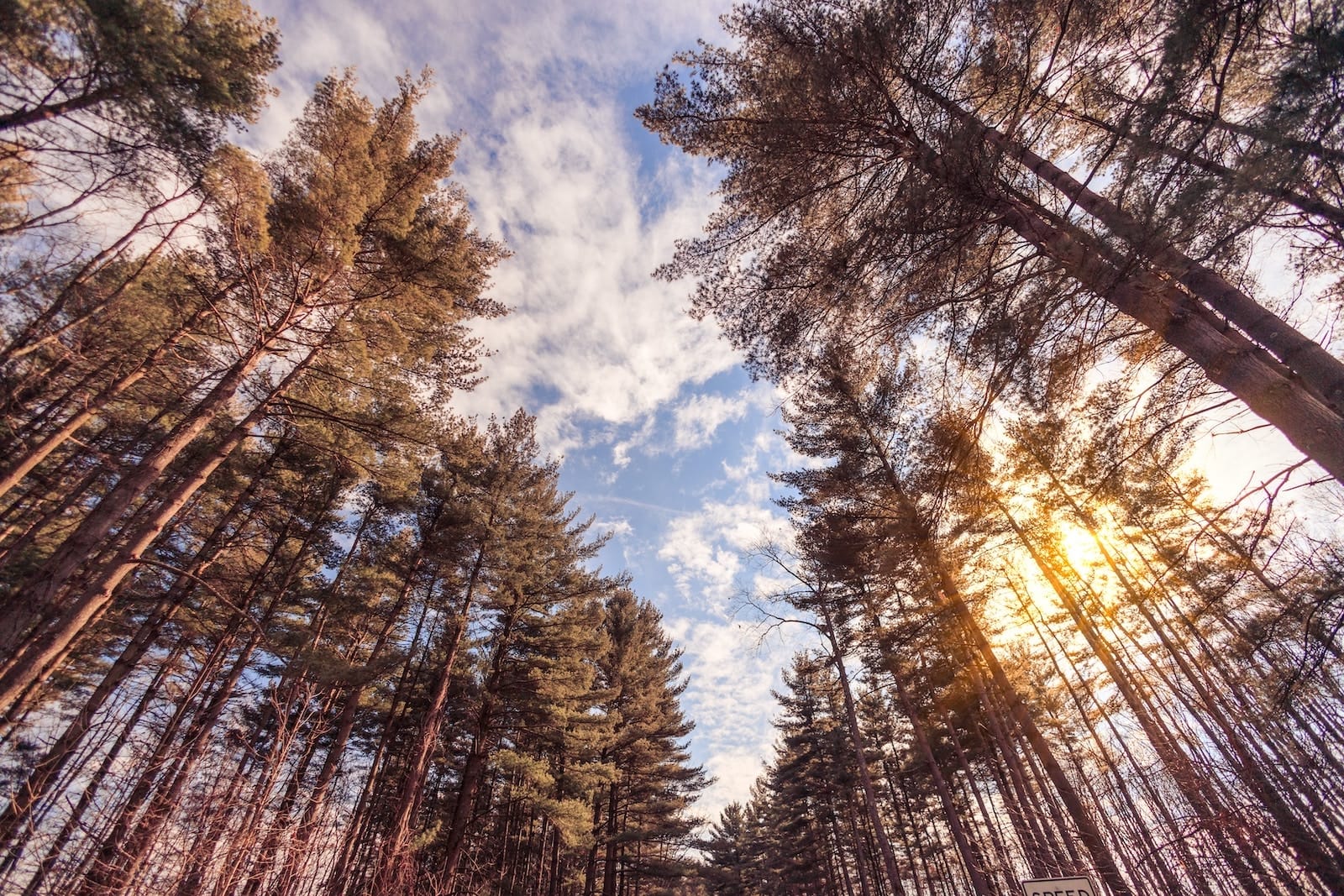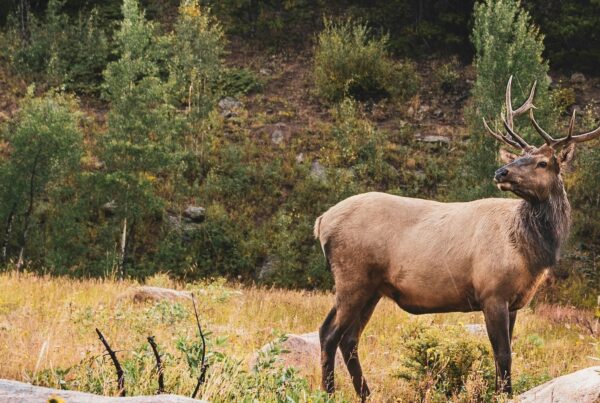FOR IMMEDIATE RELEASE: June 14, 2023
DOLORES, Colo.— Forest advocates sued the U.S. Forest Service today for violating environmental laws when it approved a nearly 23,000-acre timber sale that would cut large, century-old ponderosa pine trees and threaten wildlife in southwestern Colorado’s San Juan National Forest.
“We can no longer sit back and watch as the San Juan National Forest continues to claim that its ‘restoration’ projects are anything other than destructive, old-style commercial logging meant to feed the timber industry,” said John Rader, public lands program manager at the Durango-based San Juan Citizens Alliance. “We sat down with the Forest Service, wrote them comments, and repeatedly urged them to use the best available science and to adopt an alternative that protected large trees, but they ignored us every step of the way. We’ve been forced to ask a federal court to uphold the law and protect the wildlife, recreation, and natural values that are so important to local residents and visitors across the nation.”
Today’s lawsuit, filed in U.S. District Court in Denver, says the San Juan National Forest’s 2021 decision approving the Salter Timber Project violated the National Environmental Policy Act and the National Forest Management Act. The lawsuit follows the groups’ numerous meetings and filings seeking an administrative resolution.
“San Juan National Forest officials should have protected these last bastions of old, healthy forests, but instead they left the door open to destroying them,” said Ted Zukoski, a senior attorney at the Center for Biological Diversity. “The Forest Service presided over the liquidation of large, old ponderosa pine trees in the 1900s, making the few that remain critical for wildlife, including imperiled goshawks. These old trees also store huge amounts of carbon, which is critical as we confront the climate crisis.”
The area slated for logging is a watershed for the Dolores River, habitat for wildlife, a recreation area that benefits the local economy, and home to numerous Ancestral Puebloan cultural sites. The project authorizes bulldozing up to 117 miles of new roads without disclosing where those roads would be. A total of 22,790 acres would be logged, including trees just under 27 inches in diameter, despite past logging that left few large trees on the landscape.
“This massive timber sale, and the sprawling network of roads used to get out the cut, will irreparably damage habitat and change the character of recreation in the Dolores district,” said Rader. “Our forests are the best defense against a changing climate, habitat degradation, and biodiversity loss. That’s why we’re suing to hold the Forest Service accountable.”
In the face of rapid biodiversity and habitat loss, compounded by a changing climate, the Biden administration has recognized the importance of large, mature trees to improve forest resilience, safeguard habitat and sustain ecosystems, including watershed protection. Last year President Biden issued an executive order to protect old forests, affirming that “the inventory and protection of mature and old-growth trees on federal lands is the most central component of the presidential decree.”
The lawsuit asks the court to invalidate the timber sale and protect the federal lands in the Dolores River watershed.
San Juan Citizens Alliance advocates for clean air, pure water, and healthy lands and wildlife – the foundations of resilient communities, ecosystems, and economies in the San Juan Basin.
The Center for Biological Diversity is a national, nonprofit conservation organization with more than 1.7 million members and online activists dedicated to the protection of endangered species and wild places.
Contacts
- John Rader, San Juan Citizens Alliance, (970) 259-3583, john@sanjuancitizens.org
- Ted Zukoski, Center for Biological Diversity, (303) 641-3149, tzukoski@biologicaldiversity.org





I am disappointed by this action and don’t recall ever seeing the authors in the field as the Salter projects on the Dolores Ranger District were being scoped. Perhaps there were some details that were a challenge to include in programmatic level scoping, but I have certainly seen the district do a good job of monitoring and taking inputs to adapt their management practices. This kind of adaptive management was included in the Salter EA. The San Juan National Forest was taking a pretty progressive approach to planning that looped in many stakeholders and it would provide for more flexibility in treatment options in the future. Such flexibility is essential within a changing climate and with significant recreation pressure to the landscape. That was a big part of the impetus for the approach, as the antiquated environmental review processes cannot keep up with landscape changes. We absolutely need wood products industries to manage forests, and this injunction threatens the industry that was beginning to revive in southwest Colorado and the associated economic opportunities. I love big trees, but I also love healthier forests and truly believe managers of these public lands have the best intentions in place and processes to monitor and adapt as the work of managing these forests commences.
The USFS Salter ‘thinning project’ allows for cutting of nearly 27”-diameter (~ 100-yr old) trees. This is an obvious violation of current forest regeneration objectives. I’ve personally surveyed results of earlier USFS-permitted cuts in the nearby Chicken Creek area. In addition to 24-26” dia stumps, there was extensive disruption and compaction of bio soils.
Thus, challenging current local USFS practice is definitely called for.
The above comment is clearly misleading and biased. Cutting 26” + ( ~ 100-year old) trees in the name of restoration of healthy forests is an obvious fiction.
I have perused an earlier, USFS-approved cut in the nearby Chicken Creek area, which exhibited numerous 24-26” stumps and extensive disruption of bio soils.
Challenge of local USFS operations is obviously called for.